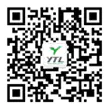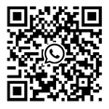there is a "little butler" who works silently, constantly recording the power consumption. It is a power meter. Power meters, also known as kilowatt - hour meters, fire meters, and kilowatt - hour meters, may seem insignificant, but they play a crucial role in power use. Today, let's delve deeper into this "little butler". The Development History of Power Meters The earliest power meter was born in 1881, which was made based on the principle of electrolysis. At that time, power meters were bulky, weighing tens of kilograms each, and their accuracy was difficult to guarantee. However, even so, its emergence still caused a sensation in the technology industry and was quickly applied to the engineering field. With the discovery and application of alternating current in 1888, new challenges were posed to power meters. Soon after, induction power meters emerged. Due to its simple structure, safe operation, low price, durability, and ease of maintenance and mass production, induction power meters have ushered in a period of rapid development.
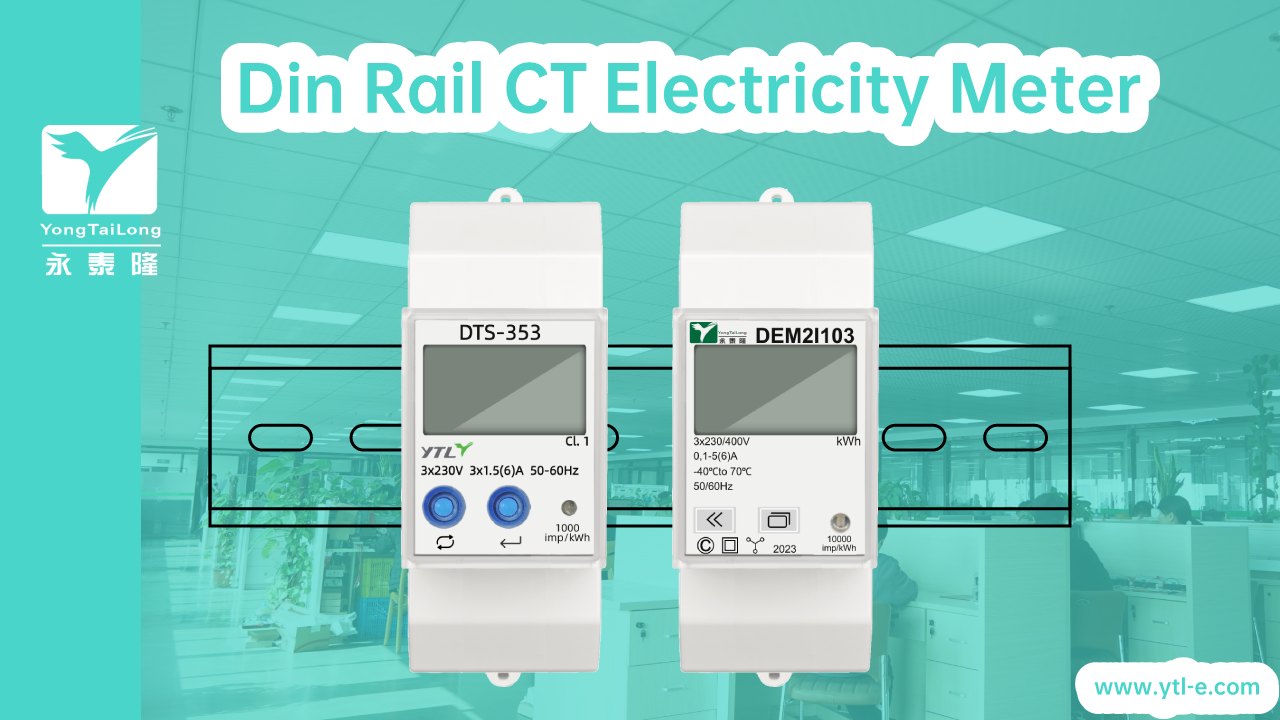
The development of AC induction power meters in our country began in the 1950s, initially mainly by imitating foreign products. After more than 20 years of research and effort, China's power meter manufacturing industry has gradually achieved a certain scale and level. With the advancement of technology and higher requirements for overload capacity and service life of power meters, China has been vigorously developing long - life power meters, mechatronic integrated power meters (semi - electronic power meters), fully electronic power meters, multifunctional fully electronic power meters, prepaid power meters, multi - rate power meters, demand meters, loss power meters, etc. since the 1980s and 1990s. After 2000, these semi - intelligent power meters were widely used in household and commercial power consumption scenarios.
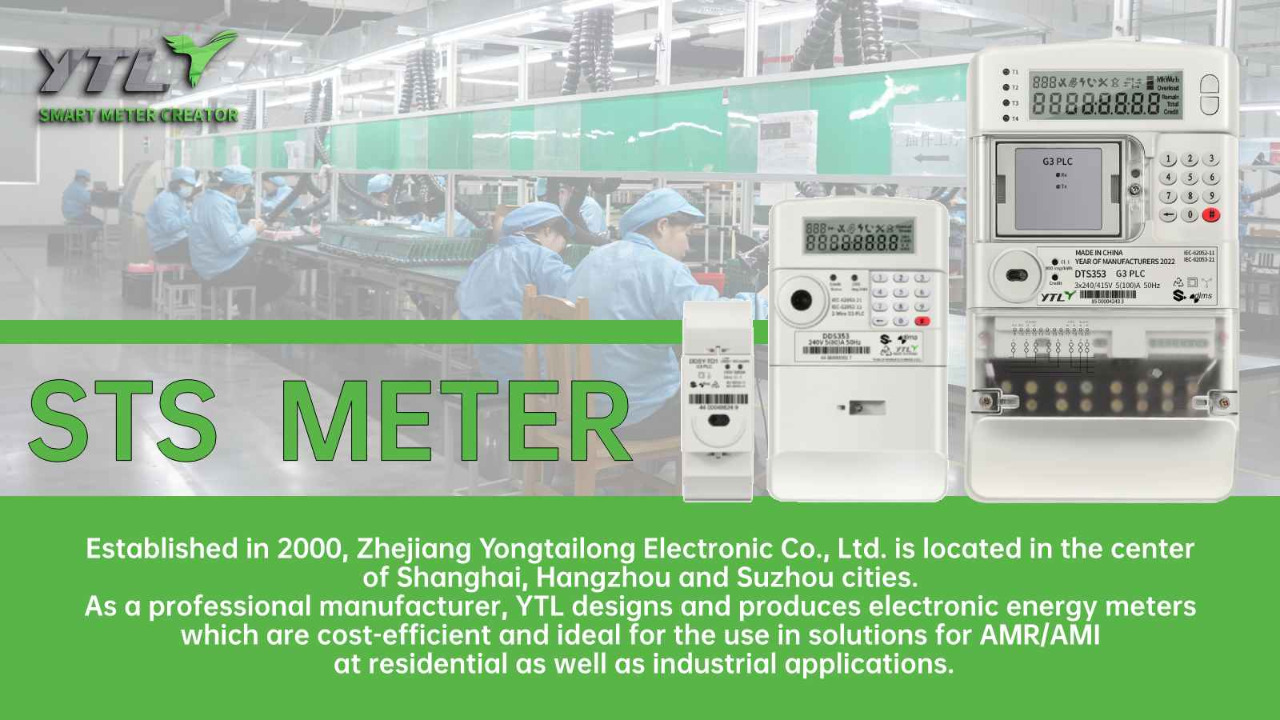
In 2009, the UK was to apply meters with network communication capabilities to household power consumption. Subsequently, State Grid Corporation of China proposed the concept of "smart meters" domestically. At that time, 26 provincial grid companies under the State Grid Corporation of China unified technical standards aimed at solving the problems of tiered electricity prices and remote meter reading, while laying the foundation for subsequent functional expansion. On the basis of the original semi - intelligent power meter, smart meters have added network communication and optoelectronic communication functions, which are standardized and promoted in the form of industry standards. The Working Principle of a Power Meter A regular household power meter is mainly composed of a measurement system and a microcontroller processing system. The measurement system is essentially a single - phase electronic power meter. The working process is as follows: the voltage divider is responsible for completing voltage sampling, and the sampling resistor performs current sampling. The sampled voltage and current signals are converted into power signals through a multiplier, and then undergo V/T conversion to drive the meter to work. At the same time, the pulse signal is input into the microcontroller system.
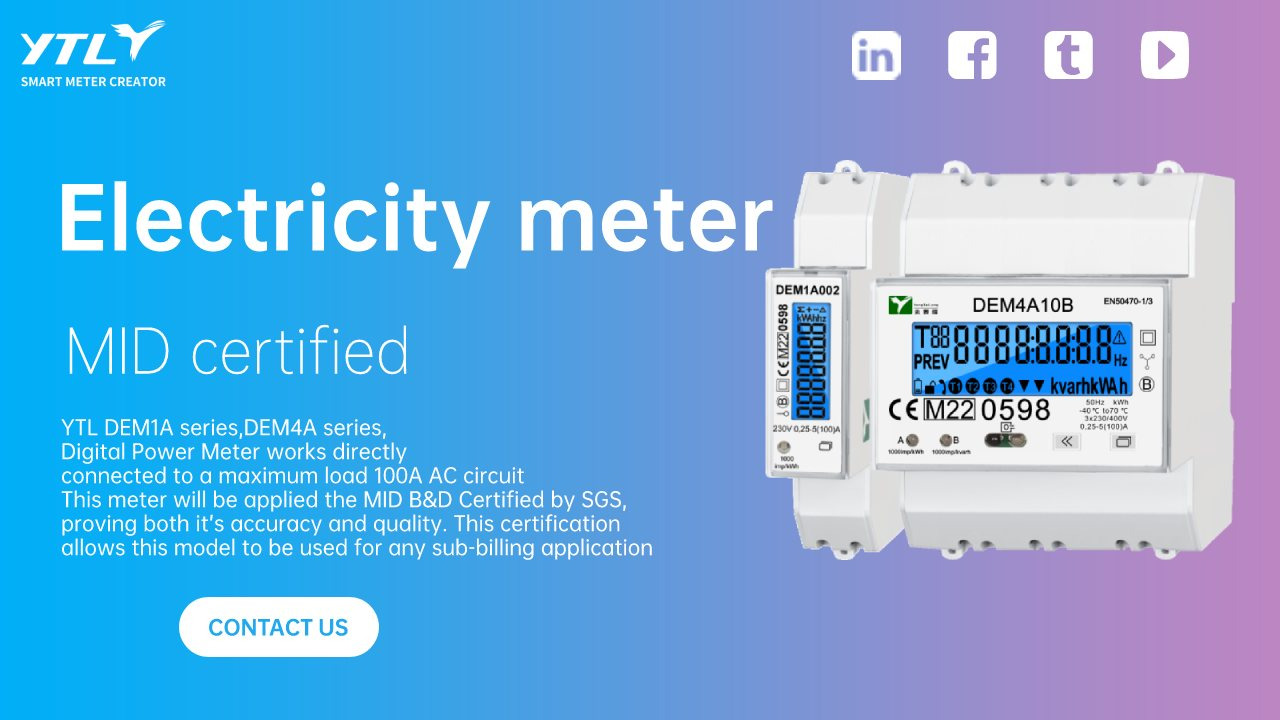
The working principle of old - fashioned induction power meters is different. When the power meter is connected to the tested circuit, the voltage of the tested circuit is loaded onto the voltage coil, and the current passes through the current coil, generating two alternating magnetic fluxes that pass through the aluminum disk. These two magnetic fluxes are synchronized in time and generate eddy currents on the aluminum disk respectively. Due to the interaction between magnetic flux and eddy current, a rotational torque is generated to drive the aluminum disk to rotate. The magnetic flux of the brake magnet will also pass through the aluminum disk, and when the aluminum disk rotates, it will cut this magnetic flux, inducing current on the aluminum disk. The current interacts with the magnetic flux of the brake magnet, generating a braking torque opposite to the rotation direction of the aluminum disc, thereby making the rotation speed of the aluminum disk more uniform. Because the magnetic flux is proportional to the voltage and current in the circuit, the rotation of the aluminum disk is directly proportional to the energy consumed in the circuit, that is, the higher the load power, the faster the rotation speed of the aluminum disk. The rotation of the aluminum disc is transmitted to the counter through a worm gear, and the counter automatically accumulates the actual energy consumed in the circuit. Types of Power Meters Function • Active power meter: Most of the common power meters in our homes belong to active power meters, which mainly record the active power consumed by electrical appliances. Heating elements such as ordinary light bulbs and electric stoves only consume active electrical power; For loads with inductance or capacitance such as motors, televisions, air conditioners, and fluorescent lamps, in addition to active power consumption, there is also reactive power consumption, but the active power meter only records the active part. • Reactive power meter: specifically used to measure reactive power in circuits. Although reactive power is not directly used for work, it objectively exists in some circuits with inductance or capacitance, and is of great significance for the stable operation of power systems. • Large demand meter: It can record the power demand of users during a certain period of time, which helps the power department understand the peak power consumption of users and arrange power supply reasonably. • Standard power meter: With high precision, it is usually used to calibrate other power meters to ensure the accuracy of power measurement. • Multi - rate time of use power meter: Different power prices are set according to different time periods to encourage users to use more power during off - peak periods, playing a role in peak shaving and valley filling, and optimizing the allocation of power resources. For example, power prices may be relatively low late at night and higher during peak daytime power consumption. • Prepaid power meter: including coin - operated, magnetic card, electric card, etc. Taking IC card power meters as an example, users need to bring their IC card to the power supply department to make payment and purchase power. The power supply department then writes the purchased power into the IC card through the power sales management machine. The user can insert the IC card into the induction area of the power meter to turn on the power supply. When the remaining power level in the meter is equal to the alarm power level, it will trigger a power outage alarm (or buzzer alarm), and the user can swipe their card to restore power supply; When the remaining power is zero, the power will automatically shut down and the user needs to purchase power again to restore power. • Loss power meter: mainly used to measure power losses such as line losses during power transmission. • Multifunctional power meter: In addition to measuring active and reactive power, it can also have multiple functions such as measuring demand, recording grid events, and detecting grid quality. • Intelligent power meter: equipped with multiple anti - theft functions, low starting current, no creep, wide load, low power consumption, straight error curve, and good long - term stability. It also has the characteristics of beautiful appearance, small size, light weight, and easy installation. The smart meter has high accuracy and adopts a fully electronic design with imported dedicated chips. Its accuracy is not affected by frequency, temperature, voltage, and high - order harmonics. And it has a long lifespan, adopts SMT technology, optimizes circuit design, and does not require circuit adjustment after the whole machine leaves the factory. In addition, it has low power consumption, can reduce power grid line loss, and can also realize pre - purchase of power. Data can be transmitted through IC cards and read back, such as total power consumption, remaining power consumption, accumulated purchased power in the meter, total purchased power times, etc. It can also store meter constants, initial values, user addresses, names, and other information. It has functions such as overload alarm, power outage alarm, and remaining power alarm to remind users to purchase power in a timely manner. Classified by Structure and Working Principle • Inductive (mechanical): Like the old - fashioned power meter introduced earlier, it works through principles such as electromagnetic induction and has certain mechanical rotating parts. • Static (electronic): using electronic circuits and chips to measure power, without mechanical rotating parts, with higher accuracy and better stability. • Integrated mechanical and electrical (hybrid): Combining some of the characteristics of mechanical and electronic systems, while also incorporating some of their advantages. Classified by the Nature of the Connected Power Source • AC meter: Used to measure the power in AC circuits. Our daily power consumption is mostly AC, so AC meters are used in households and commercial places. • DC meter: mainly used to measure the power in DC circuits, and may be used in some special DC electrical equipment or places. Classified by Accuracy Level • Common common tables: Common accuracy levels include 0.2S, 0.5S, 0.2, 0.5, 1.0, 2.0, etc. The smaller the accuracy level number, the higher the measurement accuracy of the power meter. For example, a 0.2S level meter has higher measurement accuracy than a 1.0 level meter and can more accurately reflect actual power consumption. • Standard meter: The accuracy level is generally 0.01, 0.05, 0.2, 0.5, etc., mainly used for high - precision measurement standard occasions, such as calibrating other power meters. Classified by Installation and Wiring Methods
• Direct access type: In the case of low voltage (not exceeding 500 volts) and small current (several tens of amperes), the power meter can be directly connected to the circuit for measurement.
• Indirect connection type: In the case of high voltage or high current, the power meter cannot be directly connected to the line and needs to be used in conjunction with voltage transformers or current transformers. By using a transformer to convert high voltage and high current into low voltage and small current suitable for measurement by a power meter, accurate measurement can be achieved. Classified by Electrical Equipment • Single phase power meter: used to measure the power of single - phase lines, suitable for households because household power is generally single - phase.
• Three phase three wire power meter: mainly used to measure the power of three - phase three - wire system lines, commonly used in some industrial occasions.
• Three phase four wire power meter: used to measure the power of three - phase four - wire power lines, widely used in industrial and some commercial power applications. Precautions for Using a Power Meter When using a power meter, the following points should be noted:
Choose the appropriate power meter: Choose the appropriate specification and type of power meter based on the actual power consumption situation, such as voltage, current size, load type, etc. If the power meter is selected too large, it may not measure accurately for small loads; Choosing too small can easily burn out the power meter due to overload. 2. Correct installation: The installation of the power meter should comply with relevant specifications, ensuring a firm installation and correct wiring. If it is a directly connected power meter, it is necessary to ensure that the wiring is firm, avoid loose connections that may cause poor contact, affect measurement accuracy, and even pose safety hazards; For indirect connected power meters, the installation and wiring of transformers must also be correct and error - free. 3. Pay attention to the status of the power meter: Pay attention to the working status of the power meter, such as whether the digital display is normal, whether the indicator light is flashing abnormally, etc. If a malfunction is found in the power meter, such as not reading, reading too fast or too slow, the power supply department should be contacted in a timely manner for inspection and maintenance. 4. Understand power bill calculation: Understand the relationship between the reading of the power meter and power bill calculation. Generally speaking, power bills are calculated based on the difference in readings from the power meter over a period of time, multiplied by the corresponding power price. For multi - rate power meters, the power prices vary at different times. It is necessary to understand the power prices and corresponding readings for each time period in order to arrange power consumption reasonably and save power expenses. 5. Preventing power theft: Power theft not only violates laws and regulations, but may also affect the normal operation of the power system and harm the interests of other users. To protect one's own power meter and related circuits, prevent others from stealing power, and at the same time, one must never engage in power theft behavior.
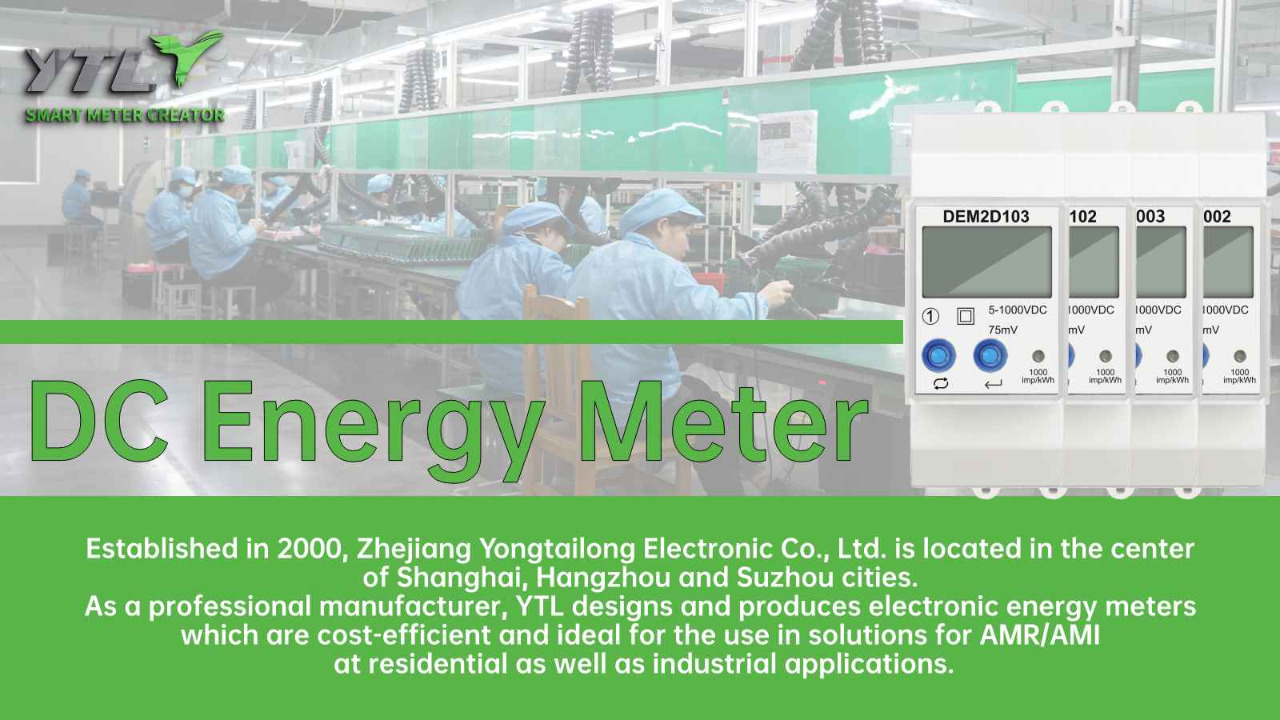
Although power meters are small, they are closely related to our daily lives. It accurately records every kilowatt - hour of power we have used and witnesses the power consumption of our homes. Understanding the knowledge of power meters can help us better use power, plan power consumption reasonably, and timely detect problems in the power consumption process, ensuring power safety and stability. I hope that through this article, everyone can have a deeper understanding of power meters and better get along with this "little butler" in their future lives.
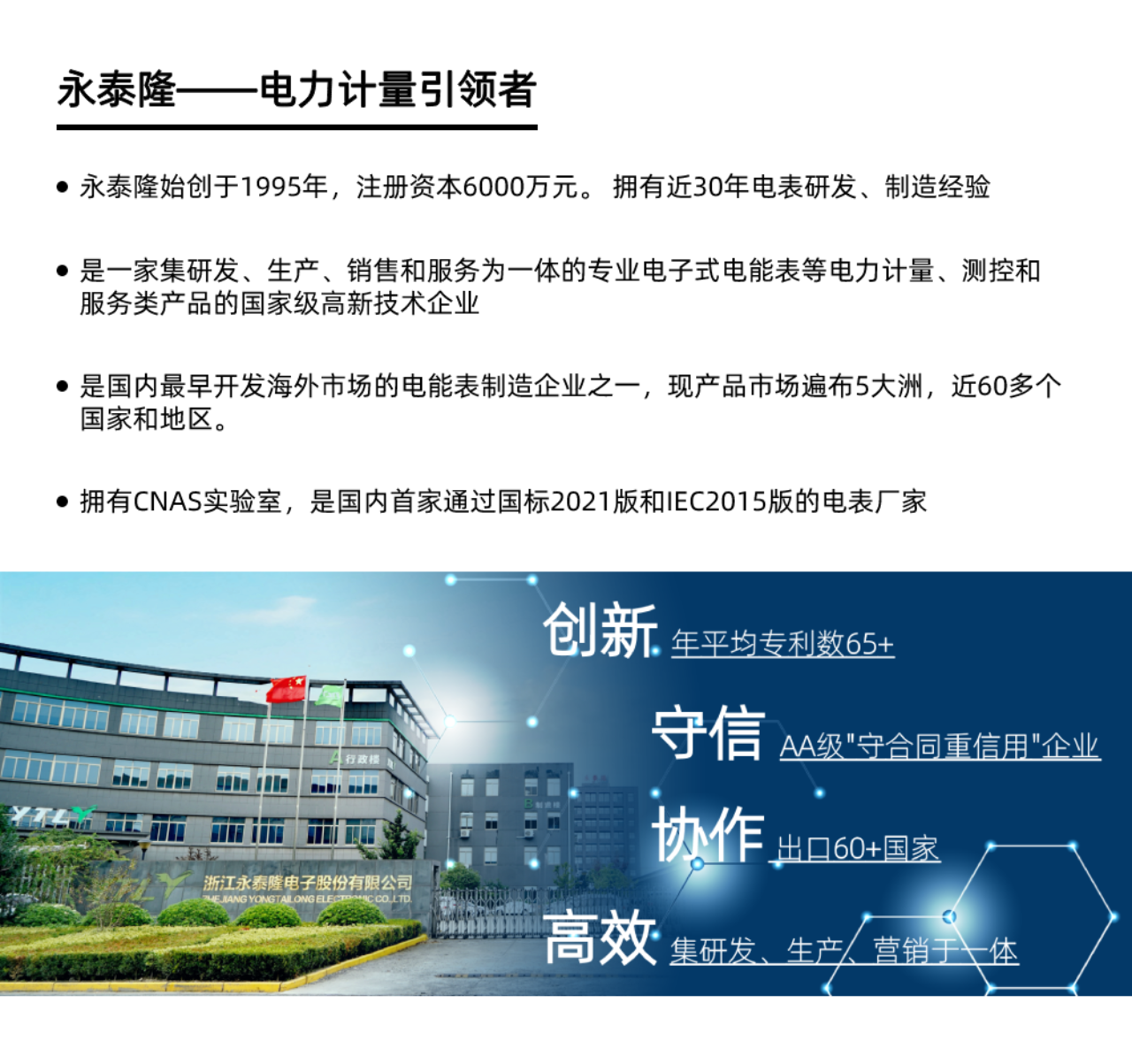

 English
English 简体中文
简体中文










.png?imageView2/2/w/500/h/500/format/png/q/100)

